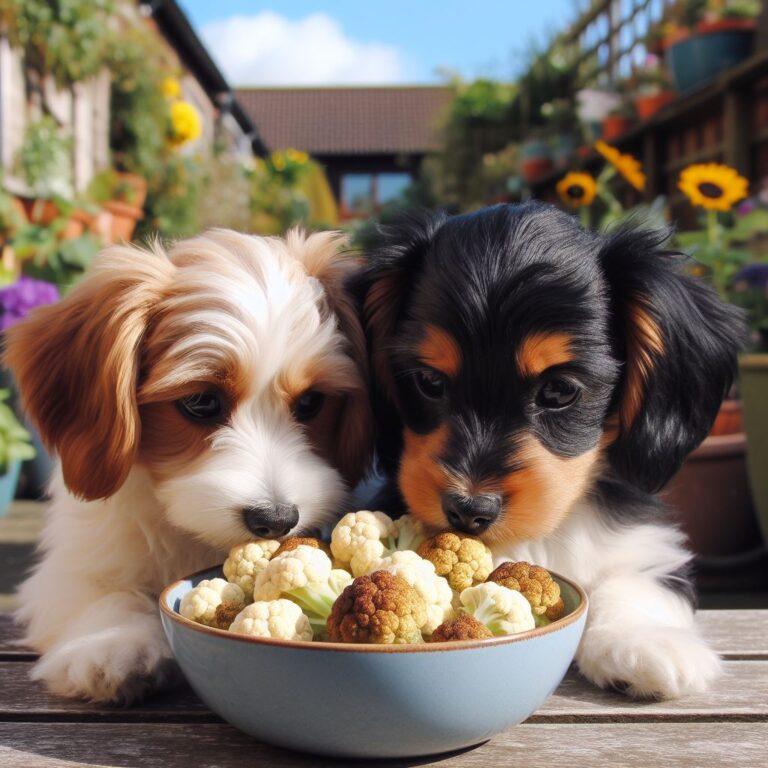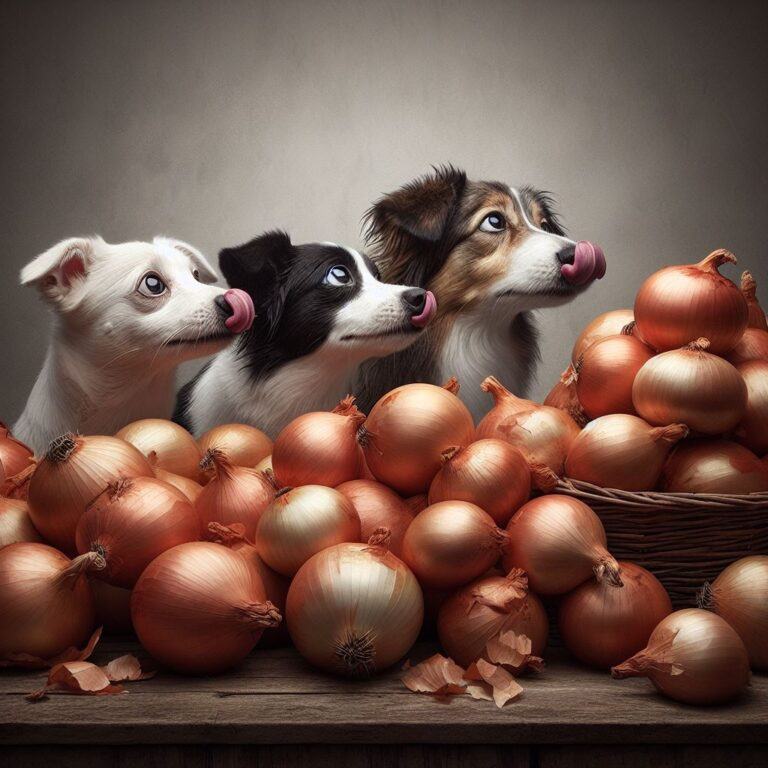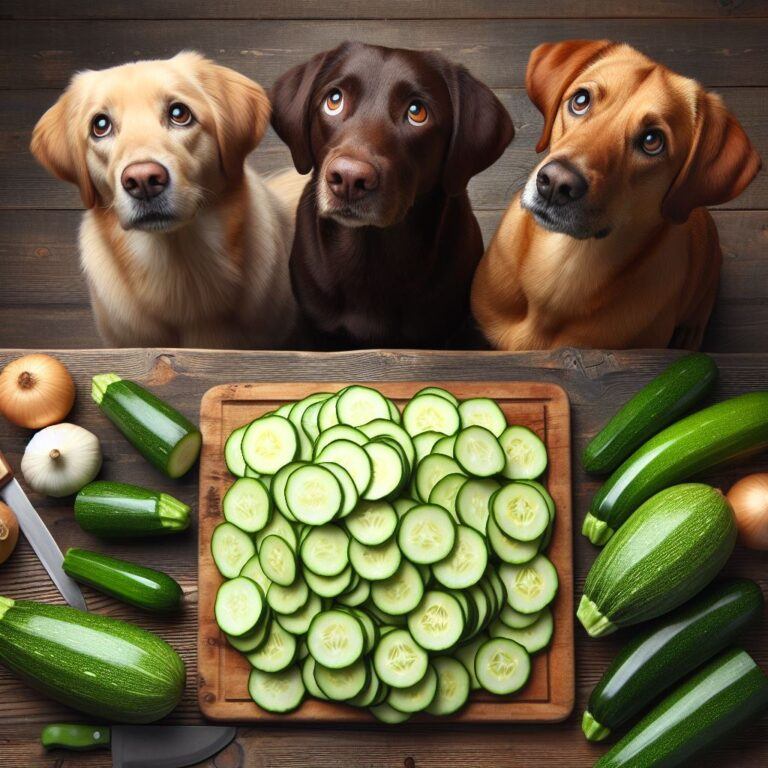Can Dogs Safely Eat Garlic
The simple, direct answer is NO. Dogs should not eat garlic. Even small amounts of garlic can lead to toxicity for our canine companions.
Garlic belongs to the Allium family along with onions, leeks, and chives, and contains thiosulfate, which is harmful to dogs and can cause a condition called hemolytic anemia.
If you suspect your dog has ingested garlic, it’s critical to seek veterinary care immediately. The signs of garlic poisoning might not be immediate, so it’s essential to act even if your dog isn’t showing symptoms yet.
Understanding garlic’s impact on dogs goes beyond the simple ‘forbidden snack’ status. It’s about comprehending how it affects their health at the cellular level. Up next, I’ll explain the science behind garlic toxicity in dogs and why something seemingly innocuous can be so dangerous for them.
Understanding Garlic Toxicity in Dogs
It’s crucial you know why garlic is harmful to your dog. The culprit is a substance called thiosulfate. Unlike humans, dogs can’t properly digest thiosulfate, and that’s where the problem begins.
When your dog eats garlic, the thiosulfate can cause oxidative damage to red blood cells. This leads to a condition known as hemolytic anemia, where red blood cells are destroyed faster than they can be produced.
Symptoms to watch for include lethargy, weakness, decreased appetite, fainting, and red or brown urine. But remember, symptoms might not appear right away and can vary depending on the amount of garlic consumed.
Take note that garlic’s form matters. Raw, cooked, or powdered forms all pose a risk, yet the duration of exposure and dosage can influence the severity of the reaction. Powdered garlic is particularly potent due to its concentrated form.
Next, we’ll talk about how you can prevent garlic poisoning in your dog and explore safe and nutritious alternatives to spice up your furry friend’s meals.
Preventing Garlic Poisoning and Safe Alternatives
As a responsible pet owner, it’s crucial to prevent your dog from ingesting garlic. Make sure all foods containing garlic are out of reach. Educate your family and house guests about the dangers of feeding dogs human food that may contain this ingredient.
When you’re looking to spice up your dog’s meals, plenty of safe and healthy alternatives exist. Ingredients like carrots, apples without seeds, and lean meats such as cooked chicken or beef can offer your dog both flavor and nutrition.
Never forget the value of professional advice. Your veterinarian can help tailor your dog’s diet to their specific needs, ensuring they have all the necessary nutrients without the risks.
Building a canine-friendly meal plan means choosing each component with care. Commercial dog foods are formulated to meet all of a dog’s nutritional needs, or you might consider preparing homemade meals under vet guidance. Either way, avoiding harmful foods like garlic is non-negotiable.







